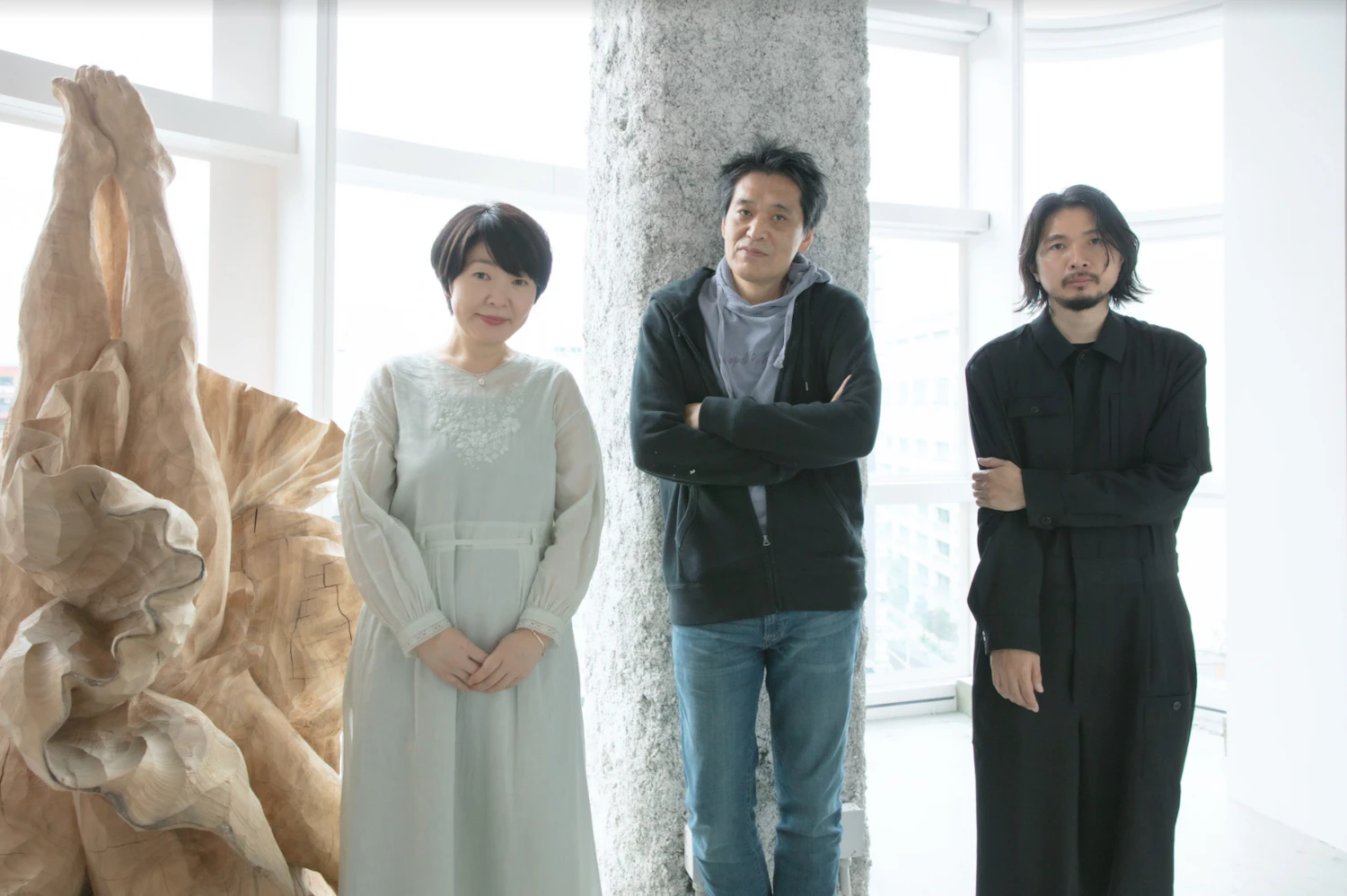Takashi Ikegami, Ryoko Uno and Yoshikazu Yamagata: Life & Fashion, Technology & the Body

Professor, Department of General Systems Studies, University of Tokyo. Specializes in complex systems science and artificial life.
In 2018, he chaired the ALife International Conference. Numerous keynote speeches at the 2020 Conf. Complex Systems, the 2019 SWARM International Conference, etc. His publications include "動きが生命をつくる" (Seidosha 2007), "人間と機械のあいだ" (co-authored, Kodansha, 2016), "作って動かすALife" (co-authored, O'Reilly Japan, 2018), etc. He has also been involved in art activities such as "Filmachine" (with Keiichiro Shibuya, YCAM 2006), "MindTime Machine" (YCAM, 2010), "Scary Beauty" (with Keiichiro Shibuya, 2018), and ALTER the Android KAGURA (2020).
Professor, Division of Language and Culture Sciences at the Tokyo University of Agriculture and Technology. Specializes in cognitive linguistics.
She completed her doctoral studies in the University of Tokyo Graduate School of Arts and Sciences, holding a Ph.D. in Arts and Sciences. Her research interests include the relationship between words and the mind's workings, particularly whether words spoken by the "self" are a part of the "self." She has analyzed the mechanisms by which new words are born in natural and artificial languages. In recent years, she has also attempted to apply linguistic analysis to human creative activities outside language, such as art and fashion design. Her publications include "オノマトペ研究の射程―近づく音と意味" (co-edited, Hituzi Syobo, 2013) and "実験認知言語学の深化" (co-edited, Hituzi Syobo, 2021). She has been a special lecturer at "coconogacco" since 2013.
Fashion designer. Graduated from Central Saint Martins College of Art and Design, Fashion Design, Womenswear Course in 2005. Established his brand "writtenafterwards" in April 2007. In 2015, he was the first Japanese person to be nominated for the LVMH Prize. While working as a designer, he also runs "coconogacco," a place for experimentation and learning in fashion expression. In 2016, he served as a lecturer for the first course in Japan at the Fashion Design Department of Central Saint Martins College, and since 2018 has been a lecturer at Tokyo University of the Arts. In 2019, he was selected for BOF 500, organized by The Business of Fashion.
Clothing, Food, & Medicine
This article is for members only.
Please register to read the rest of the article.
- Read members-only articles
and use text-to-speech. - Unlimited article favourites
and browsing history. - Attend members-only events.
- Get the latest information
with our email newsletter.
RELATED ARTICLES








.jpg?w=400&fm=webp)









.png?w=400&fm=webp)


